Home>Storage & Organization>Closet & Wardrobe Organization>How To Organize Toddler Toys
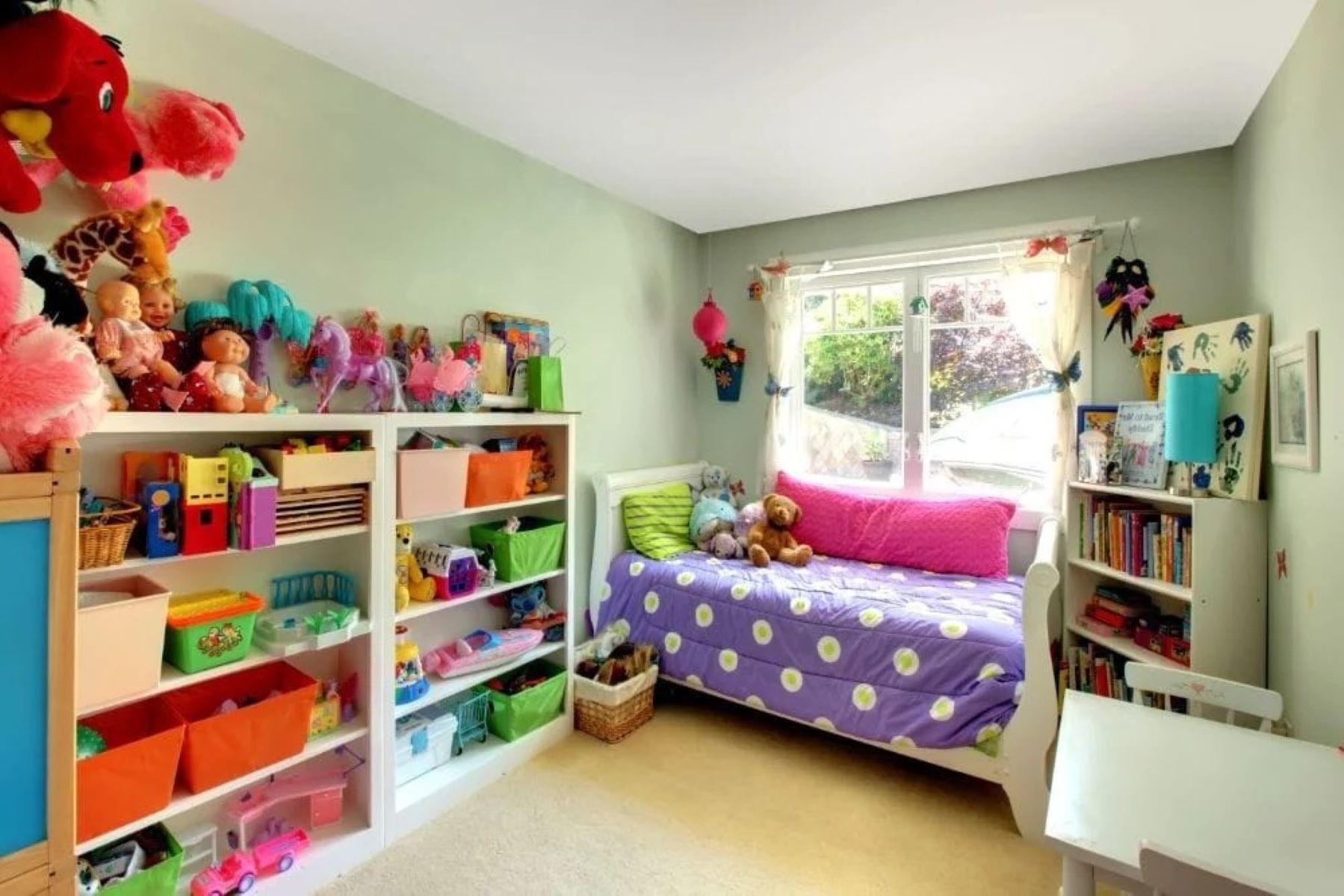

Closet & Wardrobe Organization
How To Organize Toddler Toys
Published: March 1, 2024
Learn how to efficiently organize toddler toys with our expert tips for closet and wardrobe organization. Keep your child's play area tidy and clutter-free.
(Many of the links in this article redirect to a specific reviewed product. Your purchase of these products through affiliate links helps to generate commission for Storables.com, at no extra cost. Learn more)
Introduction
Are you tired of constantly tripping over your toddler's toys? Do you find yourself spending more time searching for a missing puzzle piece than actually playing with your little one? If so, it may be time to tackle the challenge of organizing toddler toys. Keeping your child's playthings in order not only helps maintain a tidy home but also makes it easier for your toddler to find and enjoy their toys. In this guide, we'll explore some practical tips and tricks to help you conquer the chaos of toddler toy clutter.
Key Takeaways:
- Declutter and categorize toddler toys to create an enjoyable play environment. Involve your child in the process and consider age-appropriateness for a streamlined toy collection.
- Use practical storage solutions and rotate toys to keep playtime organized and engaging. Create designated play areas that cater to your toddler’s developmental needs and interests.
Read more: How To Organize Toys For Toy Rotation
Decluttering and Sorting
When it comes to organizing toddler toys, the first step is to declutter and sort through the existing collection. Here's how to get started:
-
Purge Unwanted Items: Begin by gathering all the toys in one central location. Encourage your toddler to join in on the process, explaining that you are making room for new toys. Sort through the toys together, setting aside any broken or outgrown items to be discarded or donated.
-
Categorize Toys: Once you've eliminated the unwanted toys, categorize the remaining items into groups such as dolls, cars, building blocks, and puzzles. This will make it easier to determine the best storage solutions for each type of toy.
-
Consider Age-Appropriateness: Take into account your toddler's current developmental stage and interests. Set aside toys that may be too advanced or no longer capture your child's attention. This will help streamline the toy collection and ensure that your toddler has access to toys that are both engaging and suitable for their age.
By decluttering and sorting through your toddler's toys, you can create a more manageable and enjoyable play environment for your little one.
Storage Solutions
Once you have decluttered and sorted through your toddler's toys, it's time to find suitable storage solutions to keep everything organized. Here are some practical storage ideas to consider:
-
Shelving Units: Invest in sturdy, child-friendly shelving units to display and store toys. Open shelves make it easy for toddlers to access and put away their toys independently.
-
Clear Bins and Baskets: Utilize clear bins and baskets for storing smaller toys and loose parts. The transparency of these containers allows both you and your toddler to quickly identify the contents.
-
Toy Chest or Trunk: A spacious toy chest or trunk can be used to store larger toys and stuffed animals. Look for options with safety hinges to prevent accidental injuries.
-
Hanging Storage: Maximize vertical space by incorporating hanging storage solutions such as wall-mounted pockets or fabric organizers. These are ideal for holding art supplies, small plush toys, or dress-up accessories.
-
Labeling System: Implement a labeling system using pictures or words to help your toddler identify where each toy belongs. This can encourage independence and make cleanup time more manageable.
-
Under-Bed Storage: Make use of the space under your toddler's bed by incorporating low-profile storage containers. This is a convenient way to store toys while keeping them easily accessible.
By incorporating these storage solutions, you can create an organized and visually appealing space for your toddler's toys, making playtime more enjoyable for both you and your little one.
Rotate toys regularly to keep things fresh and reduce clutter. Store toys in labeled bins or baskets to make clean-up easier for both you and your toddler.
Rotating Toys
Rotating toys is a clever strategy to keep your toddler engaged and prevent toy fatigue. Instead of overwhelming your child with an abundance of toys all at once, consider rotating a selection of toys in and out of play. Here's how to implement a toy rotation system:
-
Create Toy Sets: Divide the toys into sets or categories, such as building toys, pretend play items, and educational games. Each set should contain a variety of toys that cater to different interests and skills.
-
Establish a Rotation Schedule: Decide on a rotation schedule that works for your family, whether it's weekly, bi-weekly, or monthly. During each rotation, swap out the current toy set with a new one, keeping the play experience fresh and exciting for your toddler.
-
Store Unused Toys: Store the unused toy sets in a designated area, such as a closet or storage bin. This helps reduce clutter and ensures that the focus remains on the current set of toys.
-
Observe Renewed Interest: Pay attention to your toddler's reaction when introducing a new set of toys. You may notice renewed enthusiasm and creativity as they rediscover toys that were previously out of sight.
By implementing a toy rotation system, you can effectively manage toy clutter while stimulating your toddler's imagination and curiosity. This approach also encourages resourcefulness and appreciation for the toys in their collection.
Setting Up Play Areas
Creating designated play areas within your home can enhance the organization and functionality of your toddler's playtime. Here's how to set up play areas that cater to your child's developmental needs and interests:
-
Define Activity Zones: Designate specific areas for different types of play, such as a quiet reading nook, an art and craft station, and a space for active play. This segmentation helps your toddler understand the purpose of each area and encourages diverse forms of play.
-
Safety Considerations: Prioritize safety when setting up play areas by ensuring that the space is free from hazards and sharp edges. Use soft, cushioned mats or rugs to create a safe play surface, especially in areas where your toddler may engage in physical activities.
-
Incorporate Child-Sized Furniture: Introduce child-sized tables, chairs, and storage units to make the play areas more accessible and inviting for your toddler. This encourages independence and allows your child to take ownership of their play space.
-
Display and Accessibility: Display toys and materials at your toddler's eye level to promote independent exploration and decision-making. Utilize low shelves, wall-mounted organizers, and open bins to make toys easily accessible and visually appealing.
-
Personalization and Flexibility: Allow your toddler to contribute to the setup of their play areas by incorporating their preferences and interests. Consider incorporating elements that can be easily rearranged to accommodate evolving play patterns and activities.
By setting up play areas tailored to your toddler's needs, you can create an environment that fosters creativity, independence, and joyful play experiences. These designated spaces also contribute to a more organized and harmonious living environment for the entire family.
Frequently Asked Questions about How To Organize Toddler Toys
Was this page helpful?
At Storables.com, we guarantee accurate and reliable information. Our content, validated by Expert Board Contributors, is crafted following stringent Editorial Policies. We're committed to providing you with well-researched, expert-backed insights for all your informational needs.
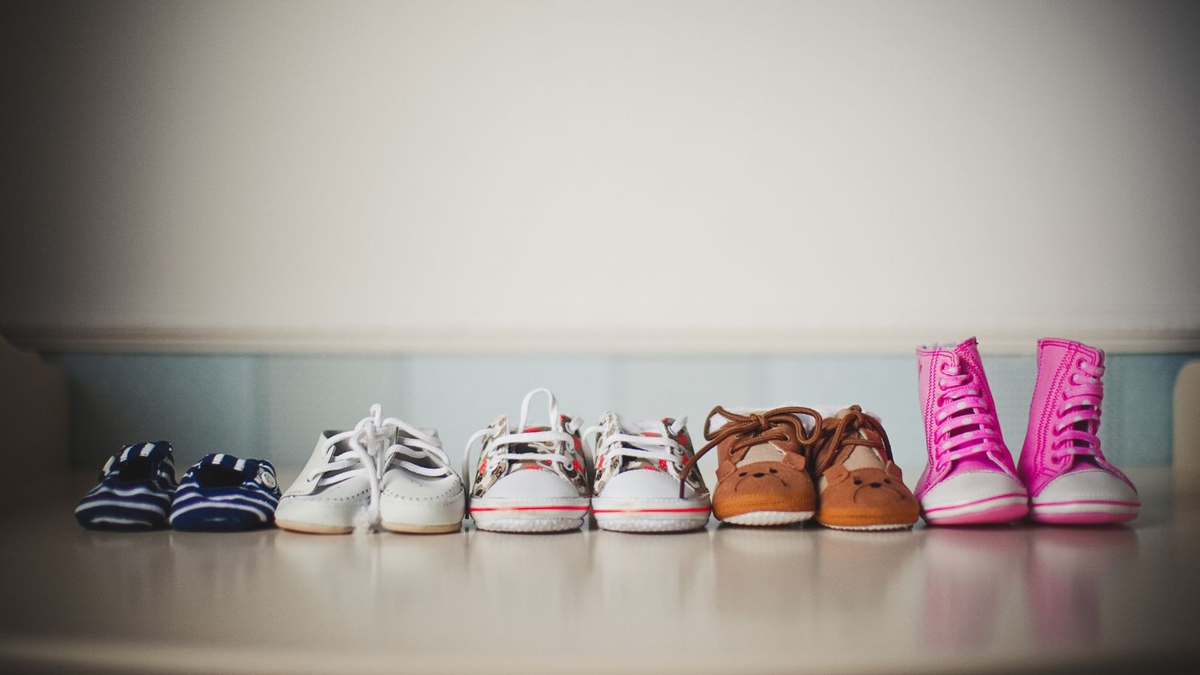
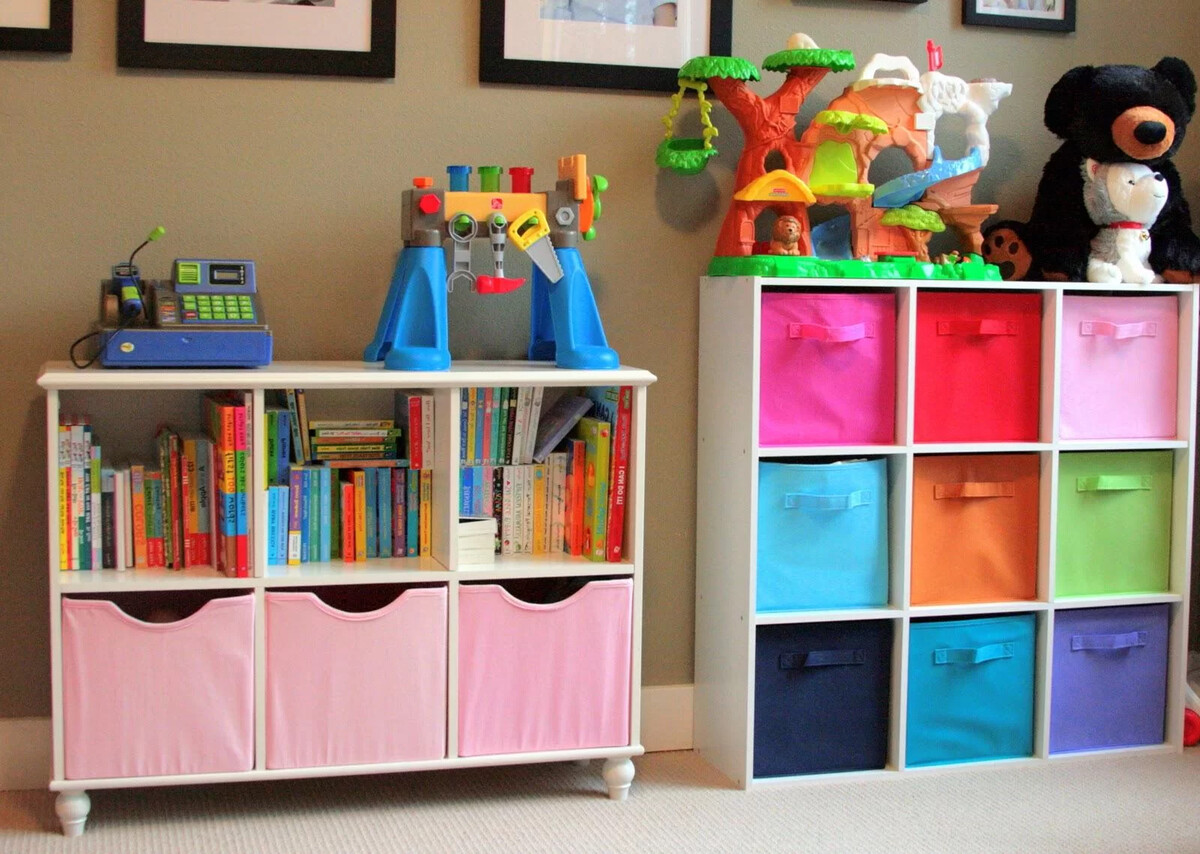
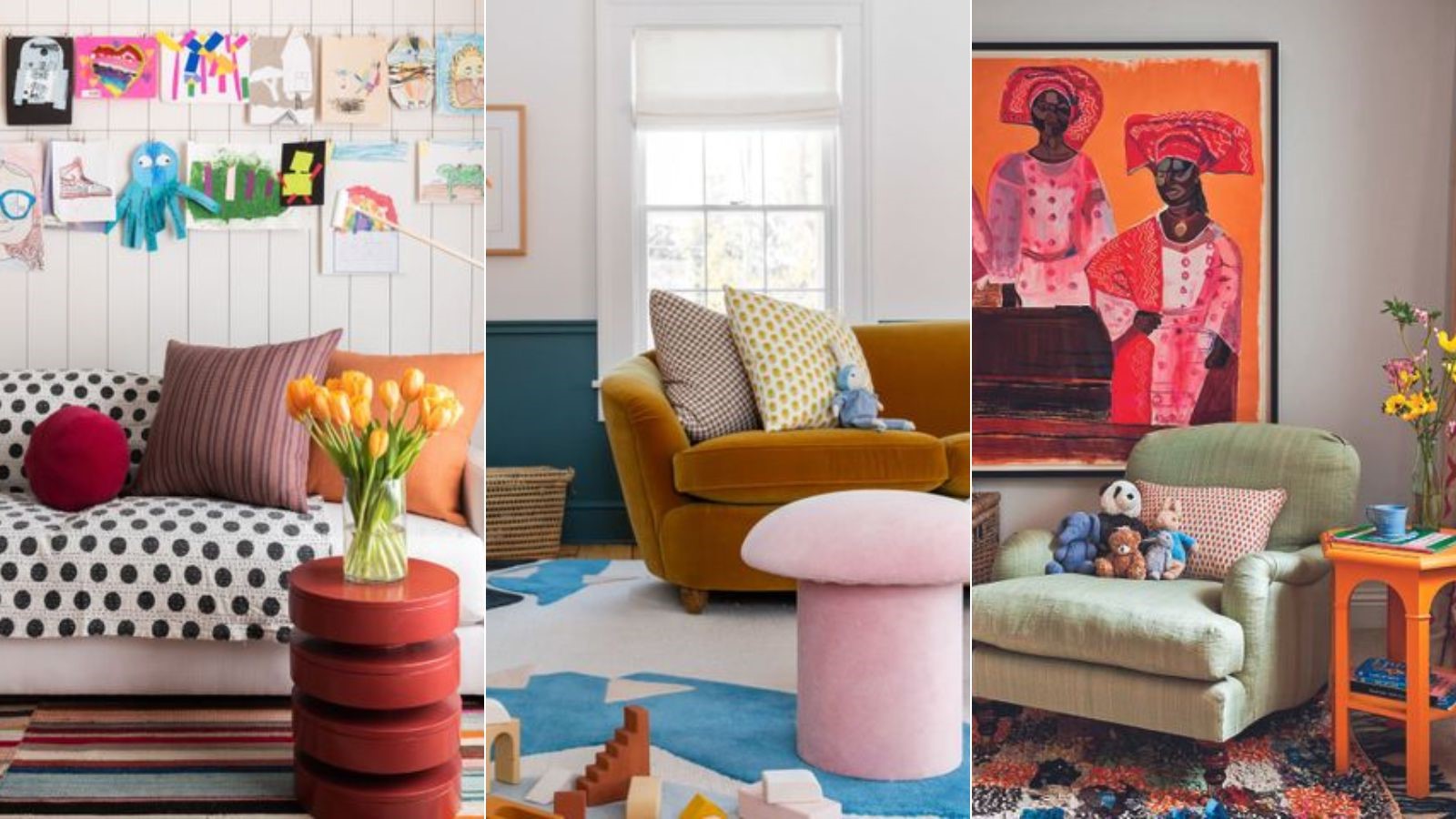
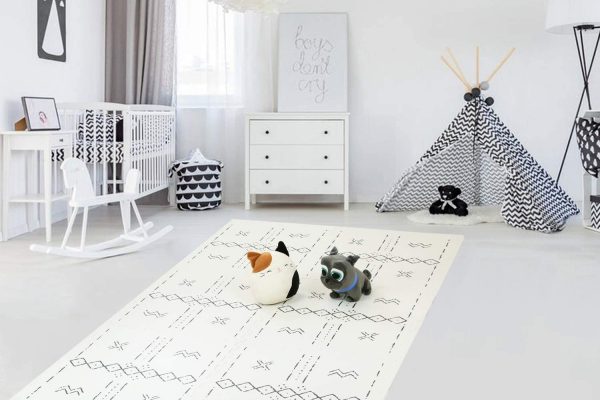
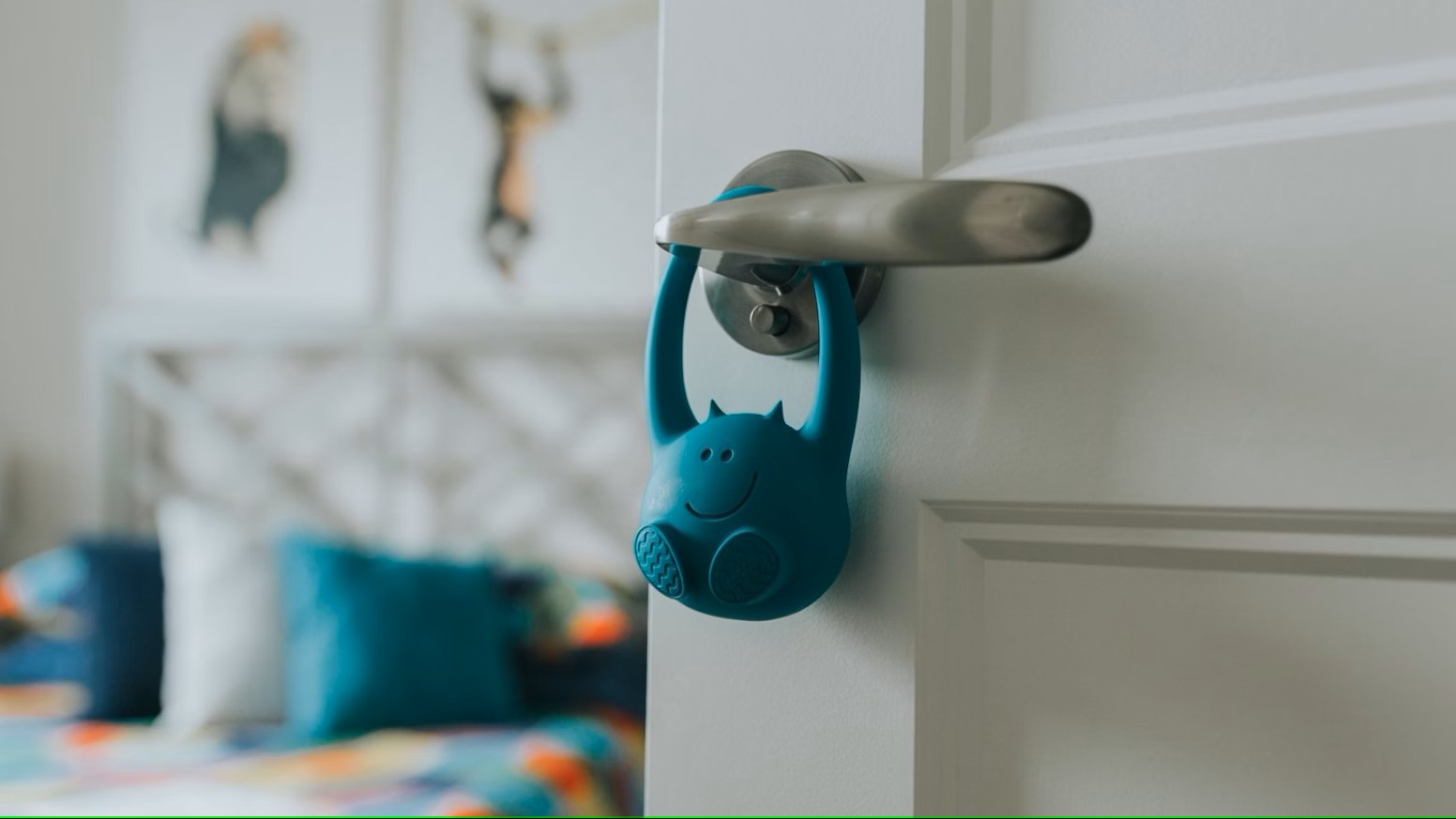
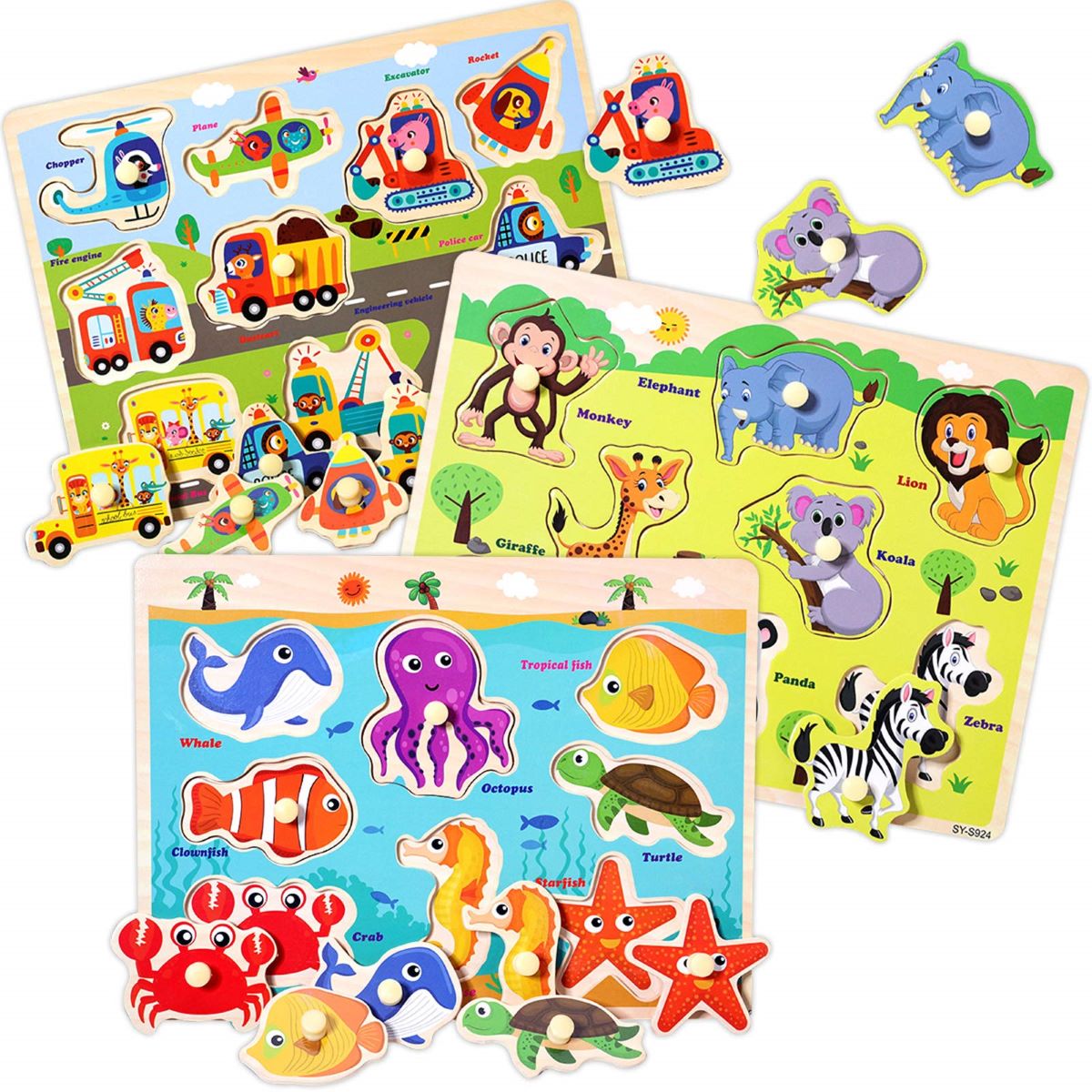
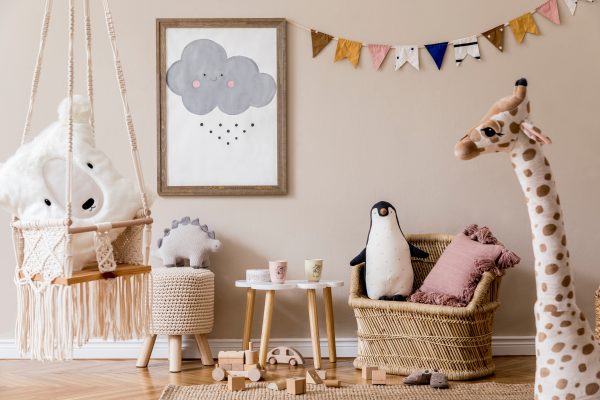
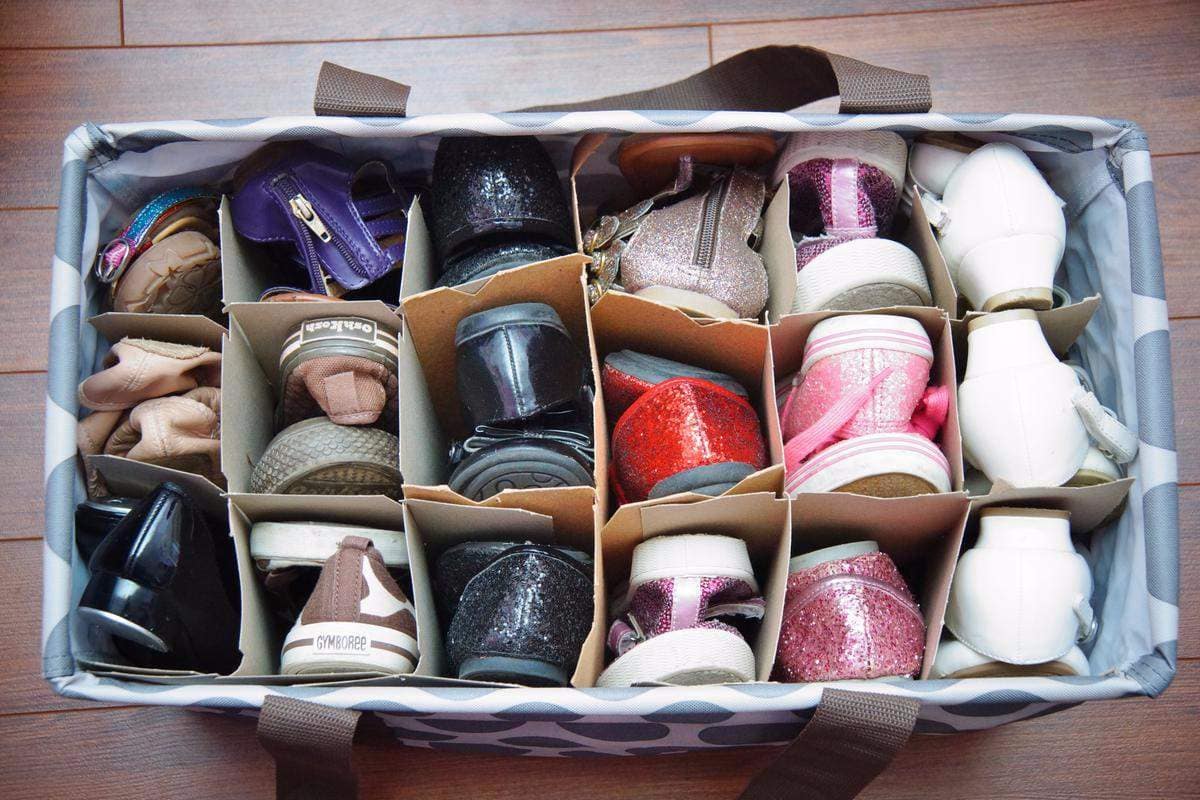
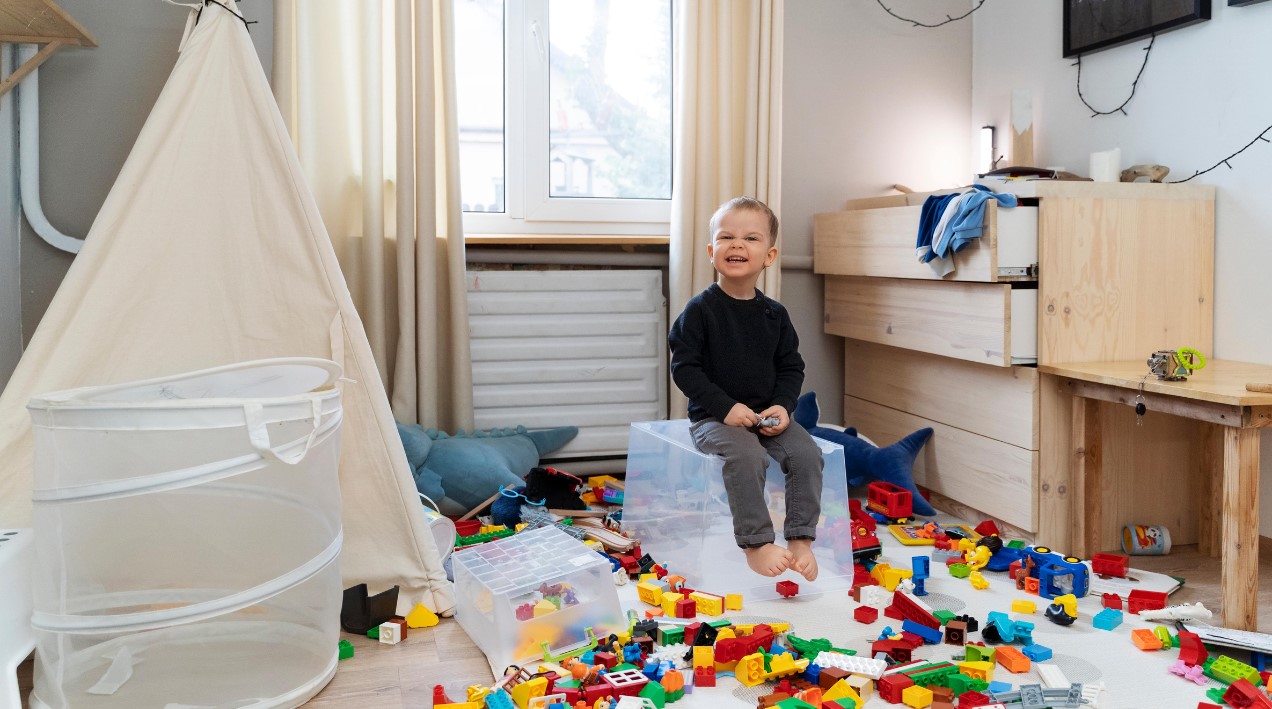
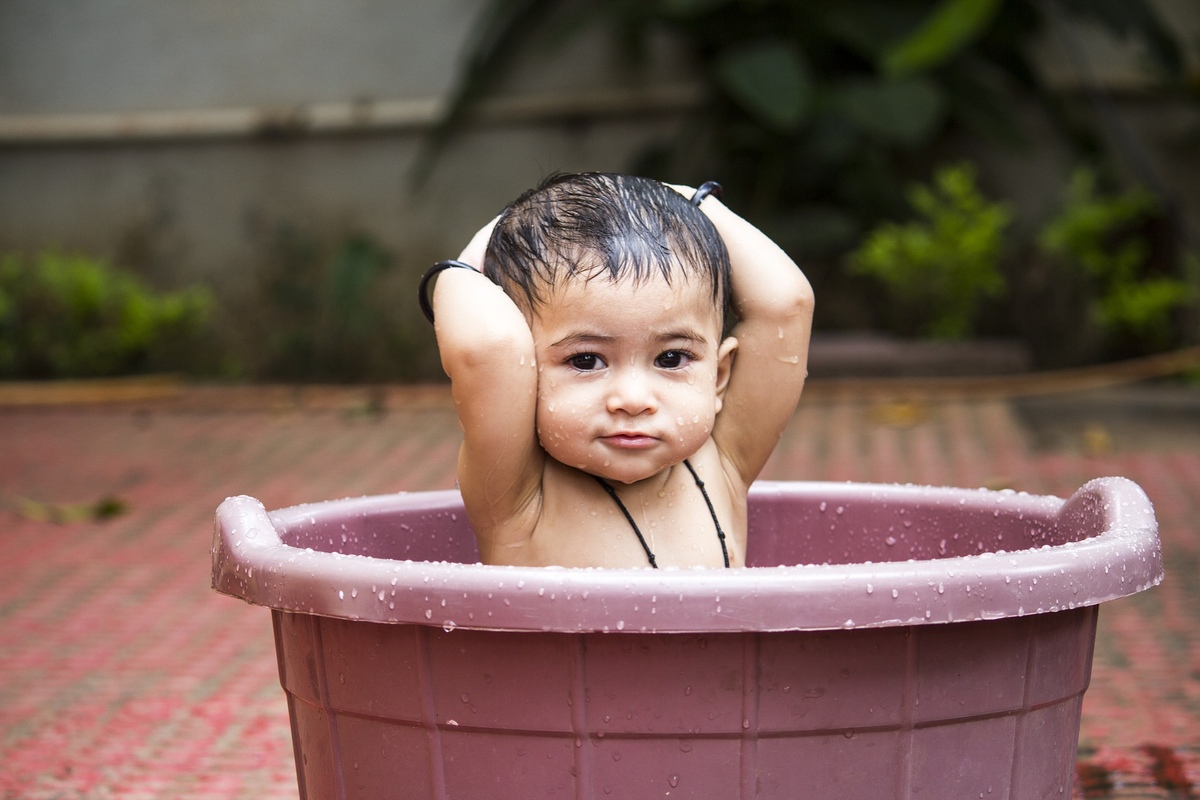
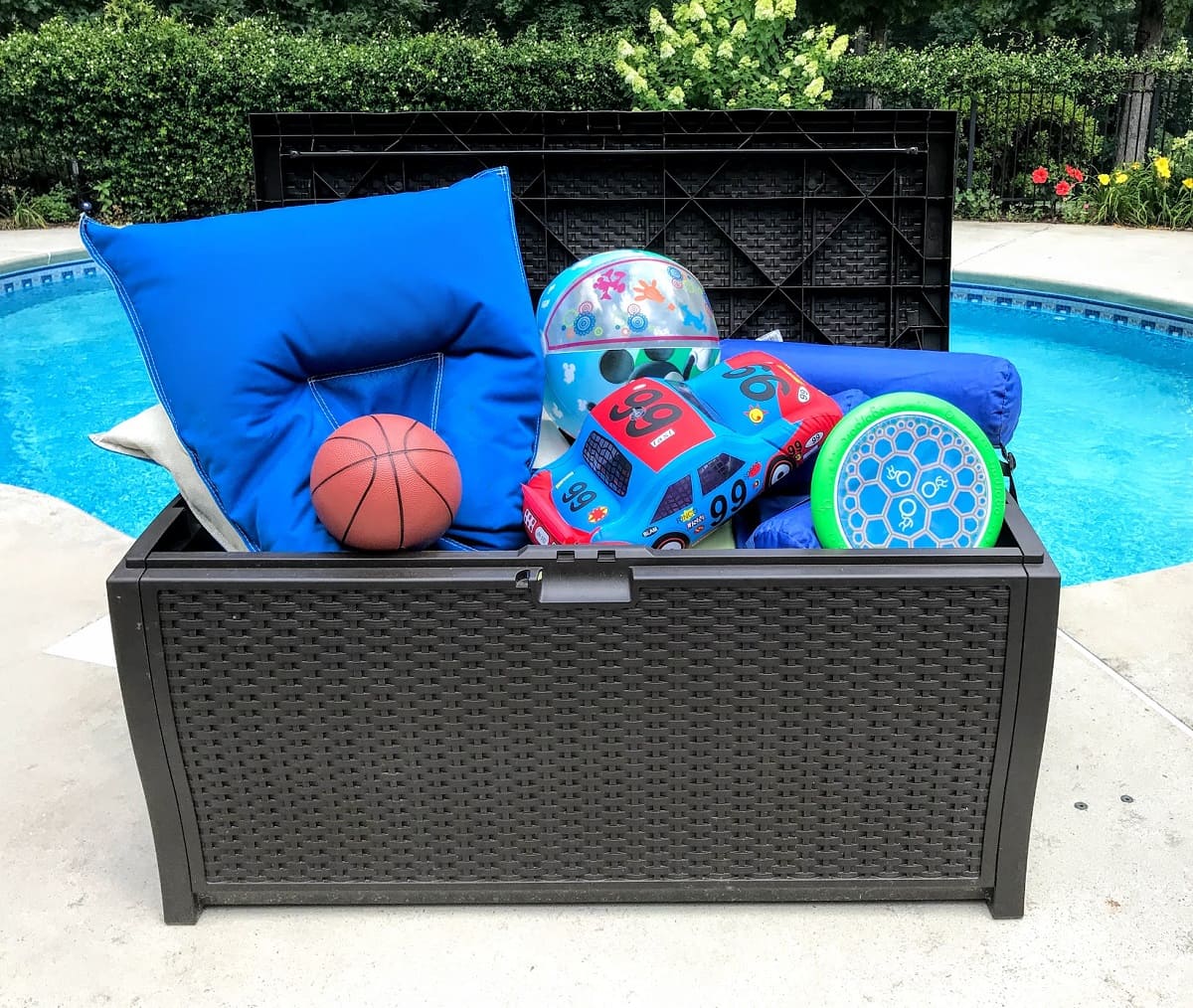
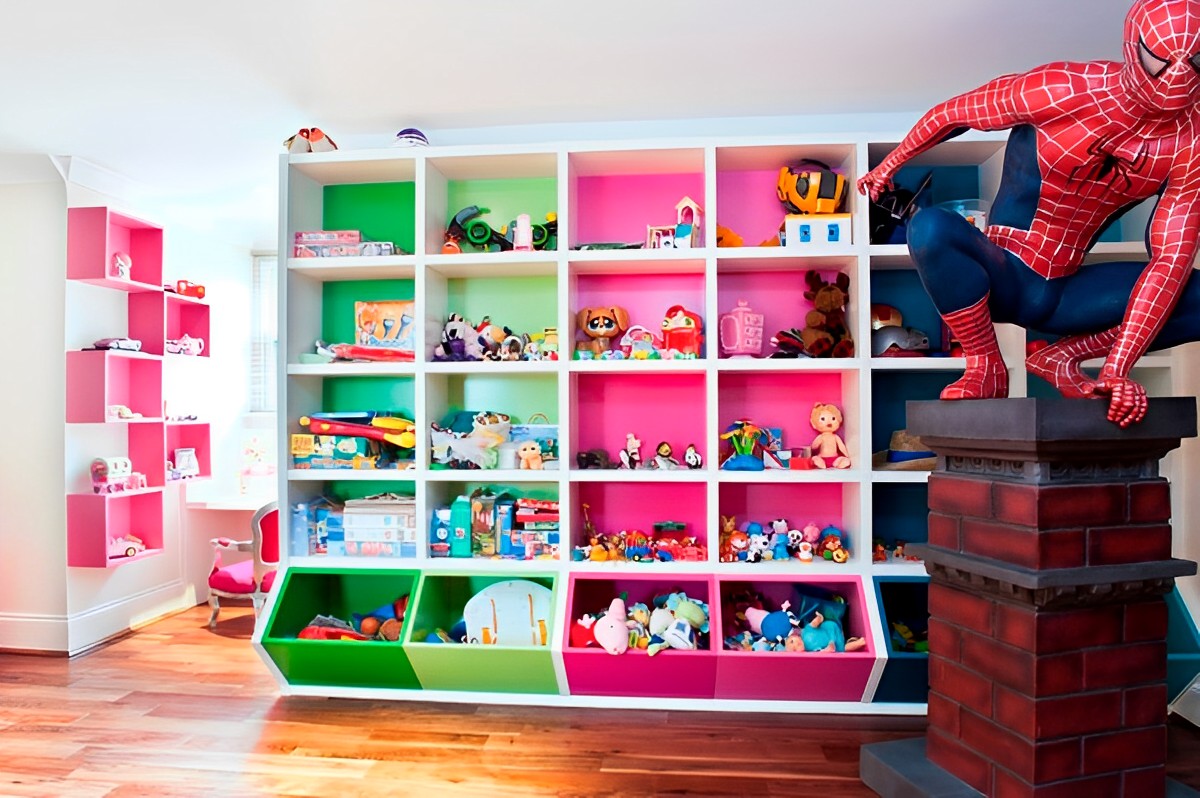
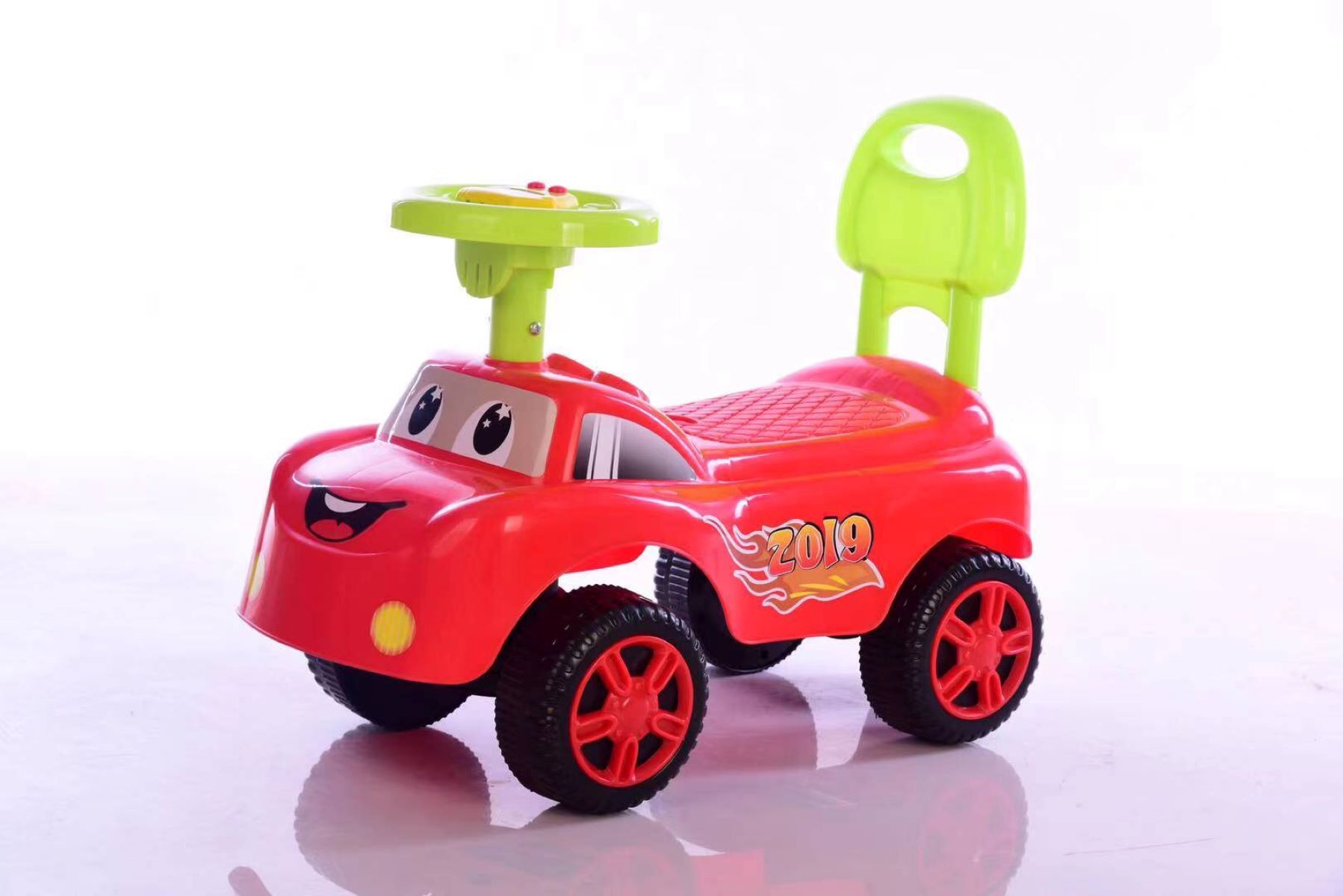

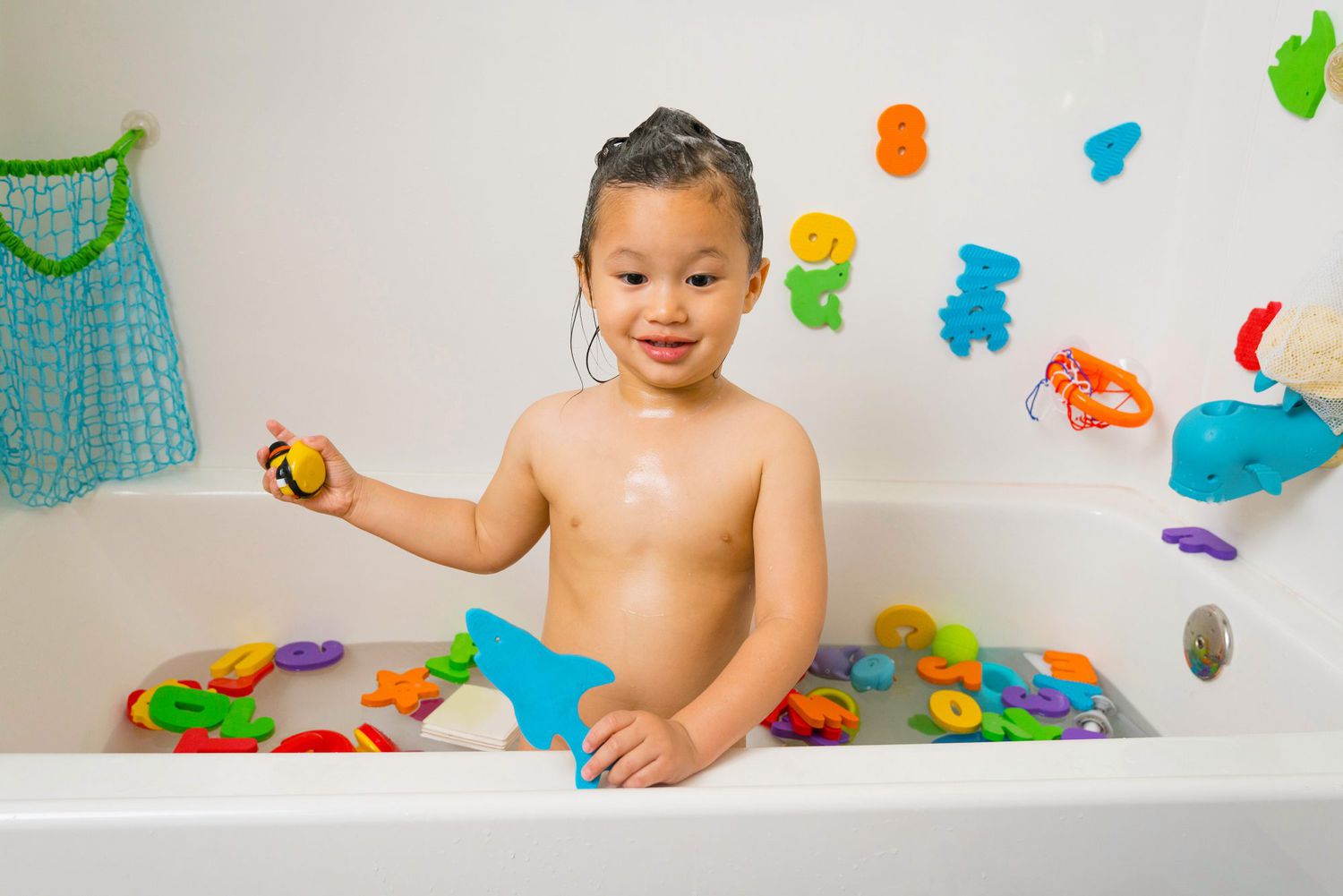

0 thoughts on “How To Organize Toddler Toys”